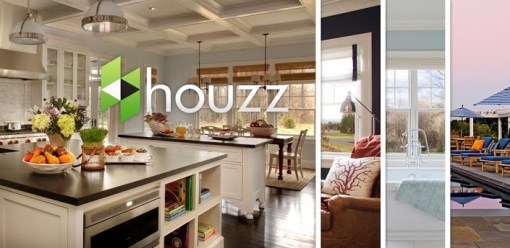We’ve all read many articles regarding the privacy dangers of sharing your views and photos on social media.
Blah, blah, blah.
However, I now have proof that the opposite is also true – your use of social media can give you the extra boost you need to get ahead of other candidates.
Where my hobby began
In Australia, all Year 10 students are forced from their cosy routines into the freakish hellscape known as Work Experience. Think of Work Experience as a hastily arranged unpaid internship that lasts five days yet often results in lifelong disillusionment.
So, like most of my pals, I picked jobs based not on my hazy career goals but on my interests, hoping the environment would keep me motivated long enough to survive.
At the time, I enjoyed soccer, Sherbert Fountains, long walks in the bush and spending time in the city. In particular, I enjoyed hanging out inside certain grand historical buildings and Sydney’s Queen Victoria Building – with its enormous stature, towering domes and tessellated floors – stood out for me more than any other.
In my esteemed role as Shopping Centre Administrator, I spent half the week delivering mail to shopowners and the other half taking photos of the building. (At the time, I was obsessed with symmetry so I was in paradise.)
Fast forward to 2012, when I was tiring of Facebook’s culture of posting nothing but sentimental moments and wry observations. I began using Facebook photos as a photo-journal, documenting my interest in architecture. Because why not? Shareability gives credence to all kinds of unusual fascinations. Pretty soon I was posting my best three photos per week.
(I realise it’s the kind of obsession that sits better on Instagram. But, I figured Facebook is a disjointed stream anyway – your old classmate shares their kid’s drawing, your colleague is sharing a Buzzfeed list, and your chiropractor just liked their random old classmate’s photo. Aren’t algorithms great!)
Initially, I took photos of the most typical and unusual houses to fill the time while I drove sleeping kids around in my car. Then, I began making special day trips to suburbs I had never seen, just to photograph a house that was either unique to or typical of the area. Within months I was getting requests from others, and even contributions to the gallery. Later, I made the gallery public so that it could be seen by people beyond my Facebook friends.
Late last year – while in a perfectly good job completely unrelated to my work experience – I was approached to be the Community Manager at Houzz Australia.
- Houzz is a start-up company, founded by a couple who wanted to make a digital place where you could get everything you need to remodel your home. Website | Apps
How my gallery moved me up the pack
I can safely say it was my skills in community management and social media that first brought me to the attention of the new local MD. But while there were certainly other people available with my experience in community and social, it was my Facebook gallery that sealed the deal.
My interviewer had checked my Linked In page and, I assume, my Twitter feed. Any good employer also googles candidates before a first meeting.
But my gallery went much further than that.
I found that as part of the interviewing process for a startup expanding out of the US for the first time, you need to speak with a wide range of different people. I spoke to several parties via Skype, including one of the founders and two foreign investors in the company.
Each of my interviewers had already viewed or heard about my Facebook gallery – making the photos an instant talking point.
In the gallery, I had two years’ worth of evidence that showed I was an enthusiastic fan of house design, plus, I was regularly posting content that generated discussion and attracted submissions.
Now, as Houzz enters the UK, Germany, France and Australia, I will be heading up their community and expanding their presence locally via social channels. I will be spending time every day working with nearly three million photos of architecture and design, symmetrical and otherwise.
Kids, work experience is a good thing. Choose wisely.











